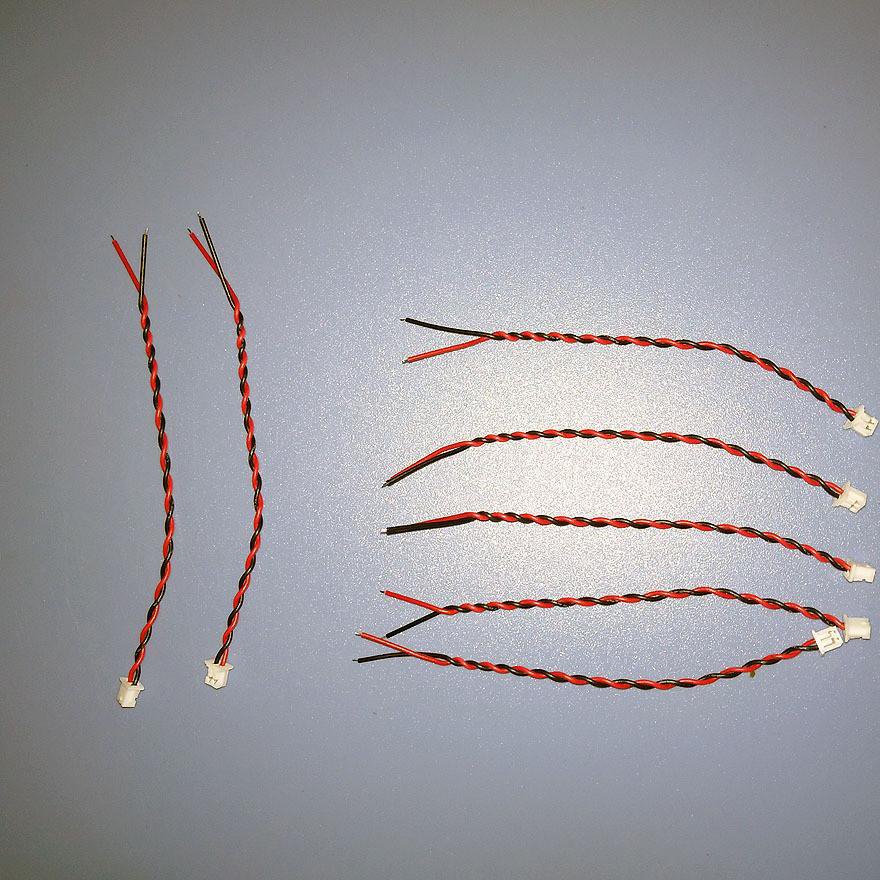Wire Stranding: Unveiling the Essentials
-
 @
Mark Ji
@
Mark Ji
- Last updated
Table of Contents
Wire Stranding: An Introduction

1. Basic Concept of Wire Stranding
Wire stranding refers to the process of twisting multiple individual wires together to form a single cable or wire. This technique is essential in the manufacturing of electrical conductors.
2. Importance in Modern Industry
It holds significant importance in modern industry. The improved conductivity and mechanical strength offered by stranded wires make them indispensable in various sectors. For instance, in the telecommunications industry, they ensure reliable signal transmission. In power distribution systems, they enhance the capacity to handle high currents.
3. Application Fields
Wire stranding finds wide application in multiple domains. It is crucial in the automotive industry for wiring harnesses, in aerospace for lightweight and durable electrical connections, and in construction for robust electrical installations. Even in consumer electronics, stranded wires play a vital role in providing efficient power and data transfer.

The Process and Techniques of Wire Stranding
1.Step-by-Step Wire Stranding Procedure
Wire stranding typically involves several sequential steps. First, the individual wires are prepared and measured to ensure they meet the required specifications. Then, they are arranged in a specific pattern, often a helix or a concentric configuration. Next, a twisting mechanism is employed to start twisting the wires together. The speed and tension of the twisting process are carefully controlled to achieve the desired degree of stranding. Finally, the stranded wire is inspected for any defects or irregularities.
2. Advanced Techniques in Wire Stranding
In recent years, advanced techniques in wire stranding have emerged. The use of advanced materials, such as high-conductivity alloys and composite materials, has improved the performance of stranded wires. Automation has also become prevalent, with sophisticated equipment capable of precise control over the stranding process. For example, computer-controlled machines can adjust parameters in real-time to optimize the quality and properties of the stranded wire. Additionally, techniques like laser-assisted stranding offer enhanced precision and efficiency.
The Various Types of Wire Stranding Devices
1.Traditional Wire Stranding Machines
Traditional wire stranding machines often have simple structures and relatively basic functions. They usually rely on mechanical mechanisms for twisting the wires, which may result in limited precision and consistency. The production speed of these machines can be relatively slow, and they might have difficulties in handling complex stranding patterns or high volumes of production. Moreover, their adaptability to different wire types and sizes could be restricted.
2.Modern and Innovative Stranding Tools
Modern and innovative stranding tools, on the other hand, come with numerous advantages and unique features. They incorporate advanced technologies such as computer control and sensor systems, allowing for precise adjustments and real-time monitoring of the stranding process. This ensures higher quality and uniformity of the stranded wires. The production speeds are significantly faster, enabling increased productivity. They also offer greater flexibility in handling a wide range of wire materials, diameters, and stranding patterns. Some modern tools even have intelligent fault detection and self-correction capabilities, reducing the occurrence of defects and improving overall efficiency.
Summary and Future Outlook
Wire stranding is a crucial process with significant applications across various industries. We have explored its basic concept, importance, application fields, process, techniques, and the different types of stranding devices.
Looking to the future, we can expect further advancements in wire stranding. With the continuous development of technology, materials science, and manufacturing processes, we may see improvements in the conductivity and mechanical strength of stranded wires. There could also be innovations in the design of stranding devices to increase productivity and precision.
In addition, the demand for more eco-friendly and sustainable wire stranding methods is likely to rise. This might lead to the development of new materials and processes that minimize environmental impact. Moreover, as industries become more interconnected and automated, wire stranding will likely play a vital role in enabling seamless communication and efficient power transfer in advanced systems.
Overall, the future of wire stranding holds great promise and potential for continued growth and innovation.

